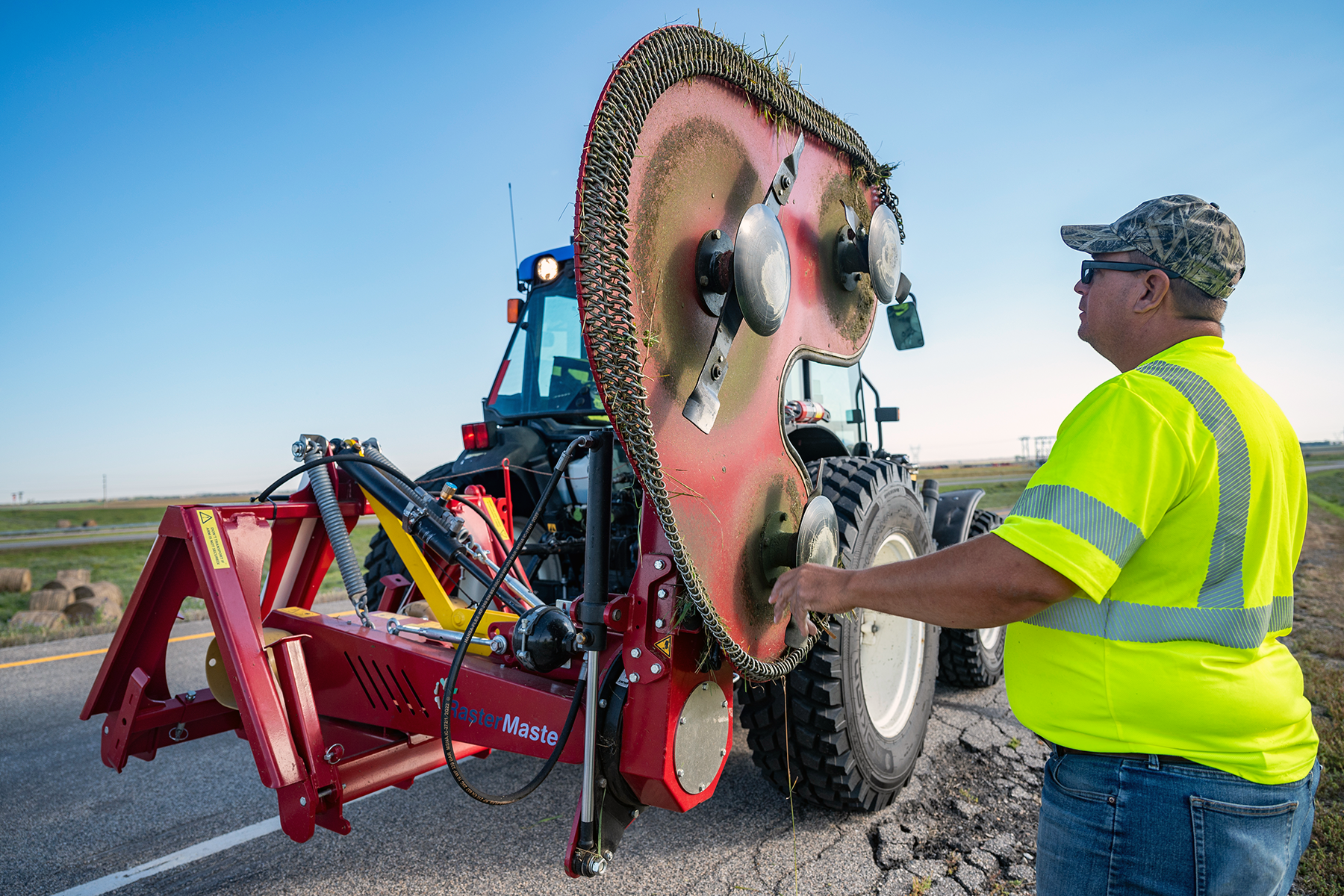What is TRIP?
TRIP is an ongoing program to identify and implement innovative ideas in transportation projects, processes and products. Innovation ideas should address transportation in areas including but not limited to:
- Bridges and Structures
- Construction
- Operations and Maintenance
- Roadway Surfacing
- Planning
- Environmental
- Safety
- Service Delivery
- Transit
- Multi-modal
- Innovative or Currently Underprovided Transportation Training

Technology Readiness Levels (TRL)
The US Federal Highway Administration has put together the Technology Readiness Level (TRL) Guidebook for Exploratory Advanced Research. This document will assist you in the TRL Assessment process.
TRLs range from Level 1 (basic research) to Level 9 (implementation). To achieve a specific TRL, the technology must meet all of the requirements within that level and prior levels. Each level indicates a different measure of maturity and contains different requirements to determine the level of technical maturity.
What Types of Ideas are We Looking For?
We are primarily looking for ideas that are in the development or implementation stages. In the TRL Scale, that would be levels 6-9.
Development
TRL 6 - Prototype demonstrated in relevant environment
Requirements
Is the operational environment (i.e., user community, physical environment, and input data characteristics, as appropriate) fully known?
Was the prototype tested in a realistic and relevant environment outside the laboratory?
Does the prototype satisfy all operational requirements when confronted with realistic problems?
TRL 7 - Prototype demonstrated in operational environment
Requirements
Are available components representative of production components?
Is the fully integrated prototype demonstrated in an operational environment (i.e., real-world conditions, including the user community)?
Are all interfaces tested individually under stressed and anomalous conditions?
TRL 8 - Technology proven in operational environment
Requirements
Are all system components form-, fit-, and function-compatible with each other and with the operational environment?
Is the technology proven in an operational environment (i.e., meets target performance measures)?
Was a rigorous test and evaluation process completed successfully?
Does the technology meet its stated purpose and functionality as designed
The TRL Scale is used to measure the development of a technology product, as shown in table 4. After TRL 5 is reached, research enters the development phase. In the 1980s, researchers tested early ETC prototypes on closed courses and public roads (TRB, 2016). As tests continued, the researchers replaced small temporary installations with larger deployments that had more readers and transponders. Limited vehicles (test, government, or commercial vehicles) used the systems during initial pilot phases. The public started using them after research proved them safe and effective.
Implementation
TRL 9 - Technology refined and adopted
Requirements
Is the technology deployed in its intended operational environment?
Is information about the technology disseminated to the user community?
Is the technology adopted by the user community?
Implementation marks a technology reaching TRL 9. Researchers can use TRL 9 to measure a product’s implementation (table 5). For the case of ETC, early adopters of fully deployed systems included Texas in 1989 (North Texas Tollway Authority, n.d.) and Oklahoma in 1991 (U.S. Department of Transportation, 2016). As the years passed, more states tested and adopted ETC and extended the concept in various ways, including: open road tolling, standardized transponders, and high occupancy toll lanes. As of 2009, FHWA requires all new toll facilities with Federal funding to use ETC. Figure 4 shows ETC system in use at George Washington Bridge.
Additional Information
TRIP is an ongoing program that will have annual solicitations. Please refer to this page for any upcoming submittal details and deadlines.
Submitted ideas will be reviewed and shortlisted by the NDDOT TRIP Review Team. Shortlisted ideas may be invited to present a summary of their idea before the TRIP Review Team, which will provide recommendations for selection to the NDDOT Executive Office. The NDDOT Executive Office will make all final decisions.
TRIP funding is limited to areas where NDDOT funds may be used, as laid out under state law.
For submissions that are roadway related, the Department will attempt to utilize Federal Aid when available and may be limited in applying a specific submission to a roadway that is eligible for Federal Aid.
The Transportation Innovation Program (TRIP) is sponsored by the North Dakota Department of Transportation with funding assistance through the Federal Highway Administration.
